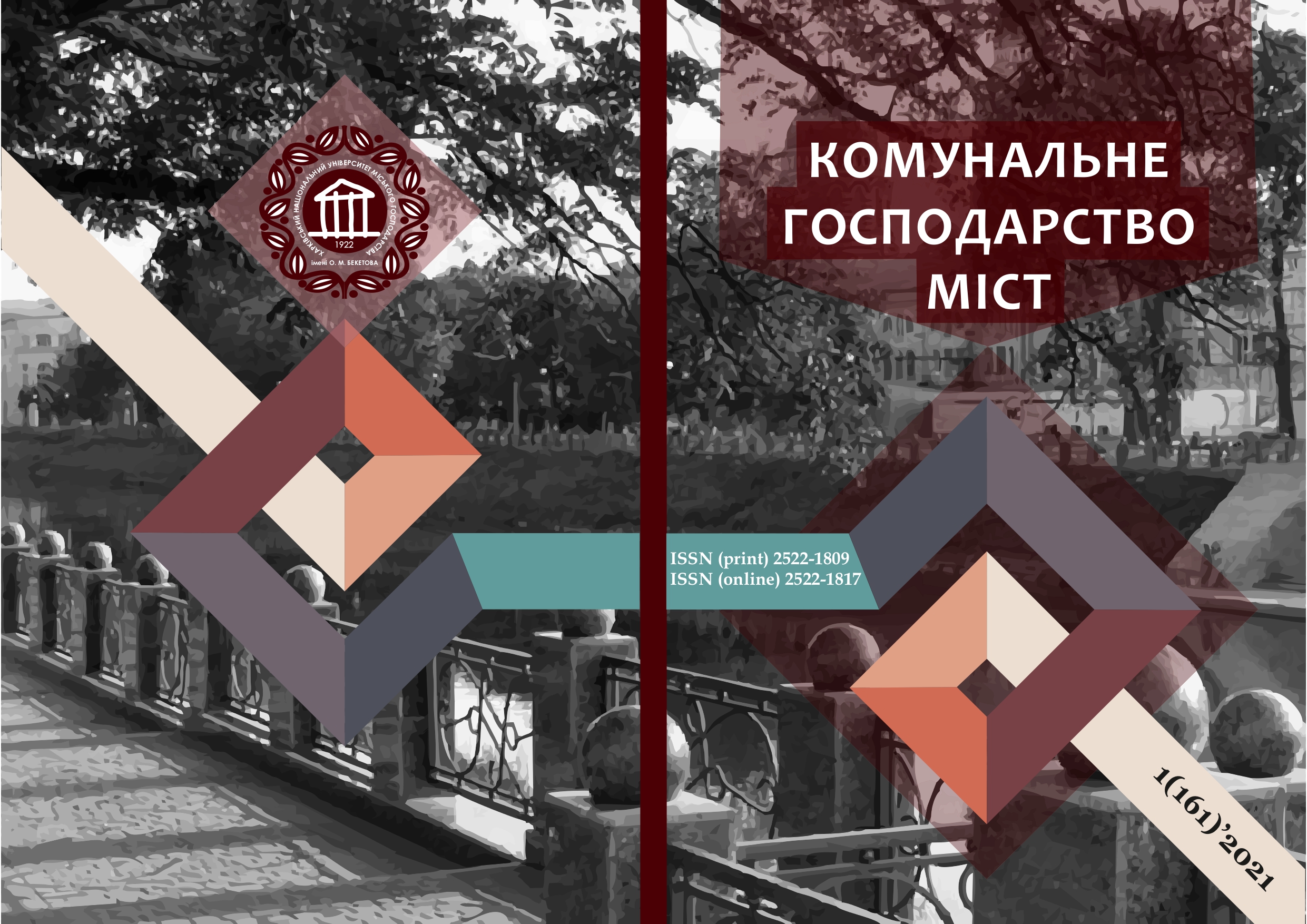FEATURES OF CONSTRUCTION OF DIGITAL RELIEF MODEL ACCORDING TO THE RESULTS OF GEODESIC SURVEYING LOCATIONS
Array
Keywords:
Delaunay algorithm, horizontal, group of triangles, surface, relief, digital model.Abstract
Topographic maps in digital and electronic forms are created on the basis of available paper topographic maps or on the basis of primary materials of geodetic surveys. Geodetic surveys are performed both by ground methods, without the use of photogrammetric materials, and on the basis of materials obtained as a result of ground phototheodolite or aerial photography.
The construction of a digital terrain model is a multi-stage process, which consists of a significant number of interconnected operations performed at the stage of in-house processing of the results of geodetic measurements carried out during engineering and geodetic surveys. The quality of the final result of modeling depends on the quality of each stage of construction of a digital terrain model, so it is extremely important to pay attention to all technological processes of model construction.
The digital relief model is considered as an ordered set of triangular faces constructed by the Delaunay algorithm. The main condition of this type of triangulation is that in the middle of the circle described around any triangle can not be the vertex of another triangle.
Construction of a digital terrain model based on the results of geodetic surveying of the area in the general case can be divided into several stages. At the beginning, an automated construction of triangulation is performed on the basis of the results of geodetic measurements, which carry information about three-dimensional coordinates of survey points. Allotments adjust the display of horizontals. Regardless of the selected surface display style, the surface model is a grid of triangles.
At the next stage of construction of the digital model of a relief carry out visual control of the created model and if necessary carry out editing of elements of a surface and change of position of edges of triangulation for change of position of horizontals.
The last stage of building a digital terrain model based on the results of geodetic surveying of the area is the design of modeling results, the application of individual styles of reflection for individual areas of the surface and the creation of mountain strokes and signatures of horizontals.
References
2. Datsenko L.M., Goncharenko O.S. (2019). Topographic mapping: Tutorial. 88.
3. Galda, M., Kujawski, E., Przewlocki, S. (2000). Geodezja I miernictwo budowlane. Geodezja, 402.
4. Karan E.P. Irizarry J. (2014). Digital modeling of construction site terrain using remotely sensed data and geographic information systems analyses. Journal of construction engineering and management, 140 (3), 04013067-1 – 04013067-12.
5. Munoz-Salina E.A. (2009). GIS-basedmethod to determine the volume of lahars: Popocatepetl volcano, Mexico. Geomorphology, 111 (1), 61–69.
6. Musienko І.В., Fomenko G.R., Synovets O.S., Sargsyan G.S. (2019). Automation of geodetic survey office processing programs and CREDO_DAT CREDO TOPOPLAN: Tutorial, 186.
7. Labenko D.P., Timonin V.A.. (2012). Geographic information systems: Textbook, 260.
8. TOPOPLAN 2.5. (2020). User's manual for beginners, 156.
9. Skvortsov A.V. (2002). Delaunay triangulation and its application, 128.
10. Credo training course. (2011). Engineering geodesy and topography, 109.
11. Dorozhko E.V. (2020). Development of cross-cutting automated processing technology for geodetic measurement results in the design of highway overhaul: Scientific journal «Scientific notes of TNU named after V.I. Vernadsky. Series: «Technical Sciences», 31 (70), Р.2. № 2, 225–229.
Downloads
Published
How to Cite
Issue
Section
License
The authors who publish in this collection agree with the following terms:
• The authors reserve the right to authorship of their work and give the magazine the right to first publish this work under the terms of license CC BY-NC-ND 4.0 (with the Designation of Authorship - Non-Commercial - Without Derivatives 4.0 International), which allows others to freely distribute the published work with a mandatory reference to the authors of the original work and the first publication of the work in this magazine.
• Authors have the right to make independent extra-exclusive work agreements in the form in which they were published by this magazine (for example, posting work in an electronic repository of an institution or publishing as part of a monograph), provided that the link to the first publication of the work in this journal is maintained. .
• Journal policy allows and encourages the publication of manuscripts on the Internet (for example, in institutions' repositories or on personal websites), both before the publication of this manuscript and during its editorial work, as it contributes to the emergence of productive scientific discussion and positively affects the efficiency and dynamics of the citation of the published work (see The Effect of Open Access).

